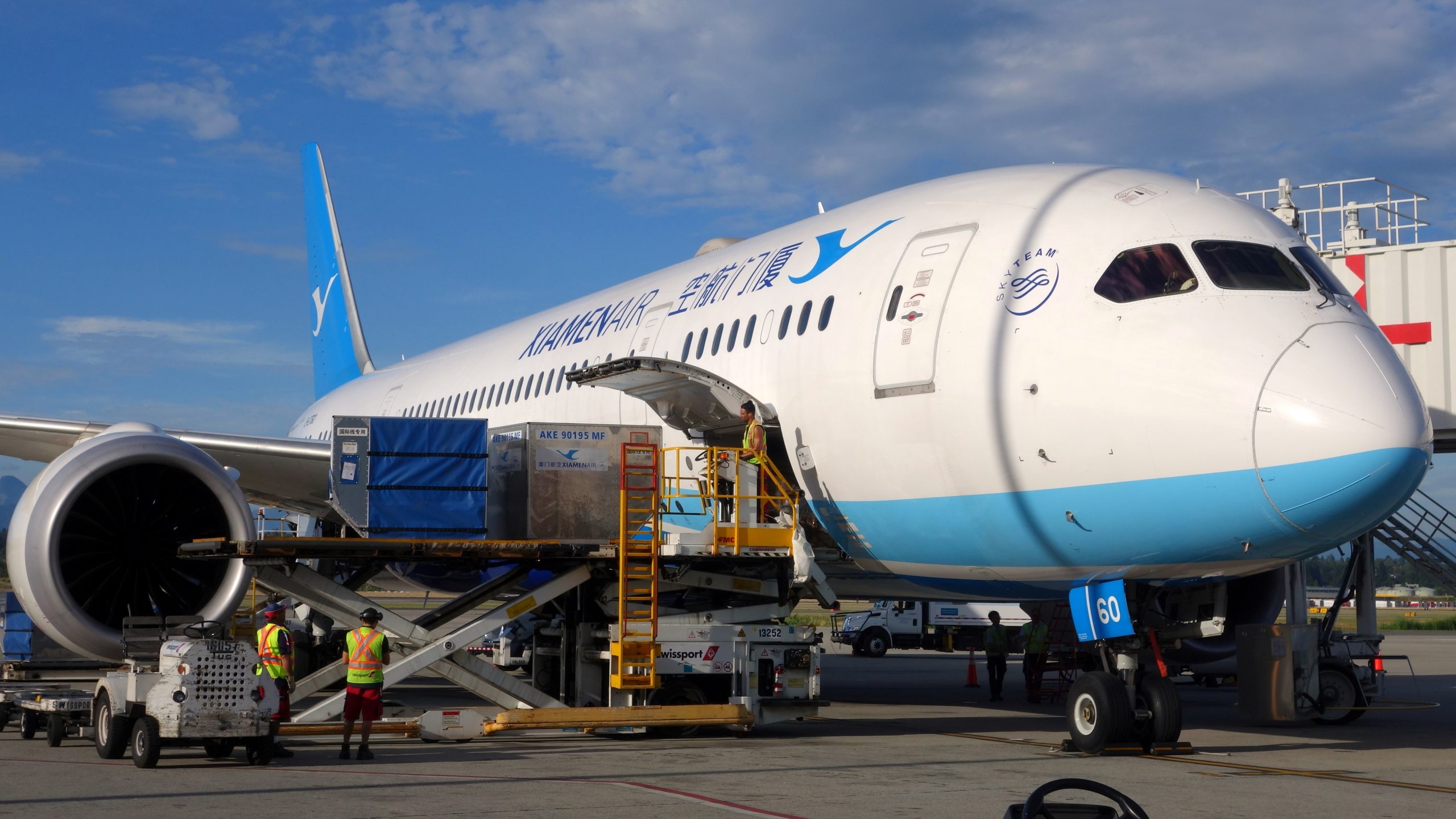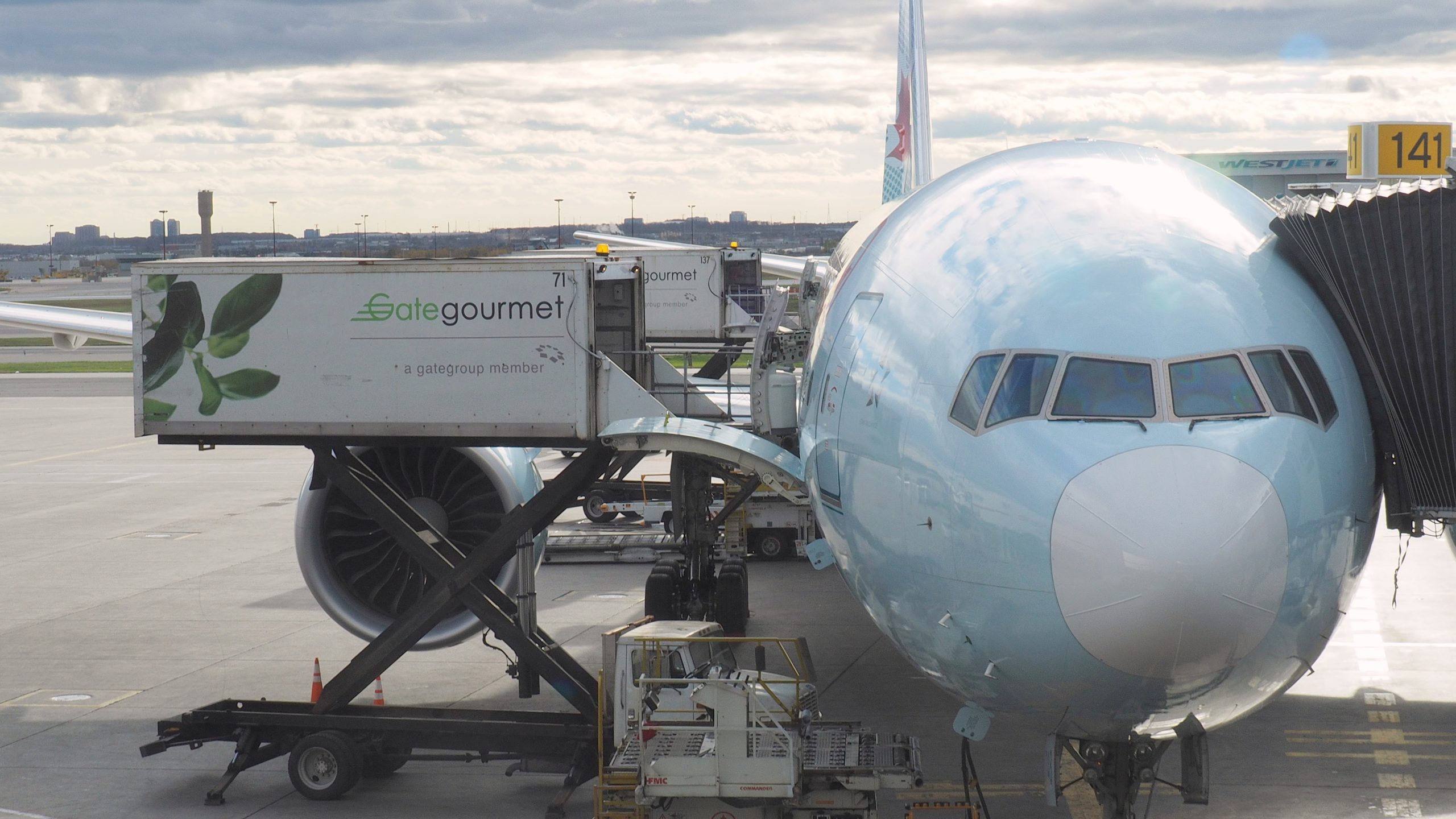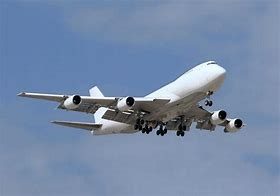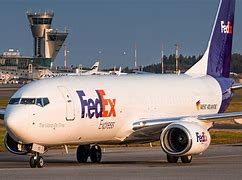
The rise of air transportation
Air freight has seen a growth similar to that of passengers, which has been significant. Air packages are generally carried in unit load devices, either on dedicated freight planes (freighters) or in the bellyhold of scheduled passenger flights. Heavy loads, such as vehicles, require specialized cargo planes and are commonly used by the military and for emergency deliveries.

The Rise of Air Transportation
Air transportation is now overwhelmingly dominant in transcontinental and intercontinental travel and has become more competitive for shorter trips in many regional markets. Low-cost carriers (LCCs) have been instrumental in extending aviation’s reach to short-haul markets. The pioneering LCC, Southwest Airlines, sought to make flying cheaper than driving on the first markets it served in the early 1970s: the Texas “Golden Triangle” linking Dallas, Houston, and San Antonio. Since then, LCCs have proliferated across developed markets and, more recently, in emerging markets too. In developing countries, the ascent of LCCs has been fueled in part by the poor quality of land transportation, making air travel a valuable proposition for national inter-city routes.




Perhaps the most significant improvement in aviation is the reduced risks of accidents. If civil aviation had had the same accident rate per million departures as in the early 1960s, there would have been the equivalent of about three fatal accidents somewhere in the world per day in 2018. Instead, there were nine fatal accidents worldwide for the whole year.
The world’s busiest air routes are mainly short-range sections between cities less than 1,000 km apart, with many of these city-pairs found in emerging markets.
More generally, despite the expansion of long-haul flights and the increased globalization of the economy, short-haul flights predominate. Importantly for the world as a whole, about 59% of airline seats were on domestic flights in 2018, and for larger countries, the share was even higher, such as 88% in China.
Air transportation’s share of world trade in goods is less than 1% measured by weight but more than 35% by value. Typically, air transportation is most important for time-sensitive, valuable, or perishable freight carried over long distances. Air cargo has been central in “just-in-time” production and distribution strategies with low inventory levels, such as for Apple iPhones. The increased importance of time-based competition augurs well for the future growth of air transportation. Air cargo is also vital in emergencies when the fast delivery of supplies prevails over cost issues. In the early weeks of the COVID-19 pandemic, air cargo carriers played a life-saving role in rushing ventilators and other equipment worldwide. Later in the pandemic, the same carriers helped speed the distribution of vaccines.
Author
EkaRelated posts
The Future of Flight
The COVID-19 pandemic has been the most severe crisis in civil aviation since Wo
Air Freight News
Middle East & African Market Expanding Capacity: Kenya Airways Responds to R
Cleaner jet fuel
The huge increase in traffic in Orlando and the more modest increase globally ha


